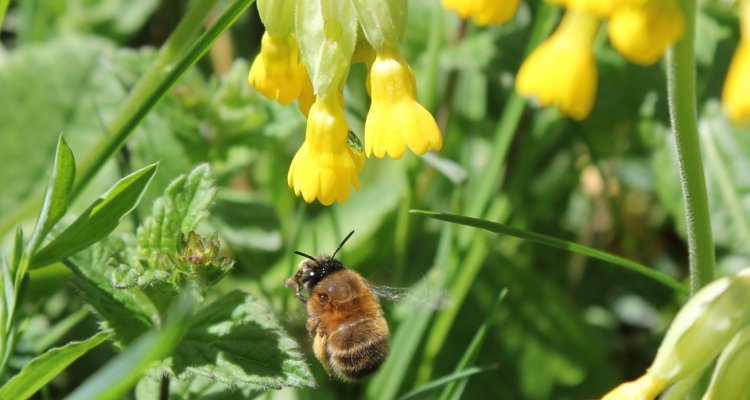
Project
Linking resource availability to pollinator diversity and pollination services in agricultural landscapes mutualism
Tibor Bukovinszky and colleagues are sowing large quantities of flowers on farmland to understand population constraints of bees, hover flies and insect-pollinated plants.
Pollinators, especially bees, represent an interesting model system to study changes in biodiversity and ecosystem services in response to major drivers of ecosystem change. In Europe, bees are the most important group of pollinators for wild plant species and crops. At the same time, about half of the Dutch wild bee species are listed on the National Red Data Book.
There is strong evidence that lack of floral resources contributes to wild pollinator declines. Mitigation measures providing floral resources on farmland have been successful in enhancing pollinators and pollination services. It is unclear, however, what relationship exists between the quantity of floral resources and the response of pollinators and whether this is caused by a population response, by a local concentration of individuals on resource-rich patches, or both.
This project aims to get a mechanistic understanding of the landscape-level relationship between resource quantity on one hand and the diversity and population dynamics of pollinators on the other. It furthermore aims to examine how the quality of the pollination services is related to the diversity of the pollinators. It does so by manipulating the proportion of floral resources in 50 ha landscape plots by establishing on farmland a flower-rich vegetation representing 2-20% of the area (1-10 ha). In addition to traditional biodiversity indicators, population dynamical responses of bee species will be examined using zoometers (trap-nesting bees and bumblebee colonies). Seed set and quality of phytometers (selection of wild plant en crop species) will be used as indicators of pollination services.